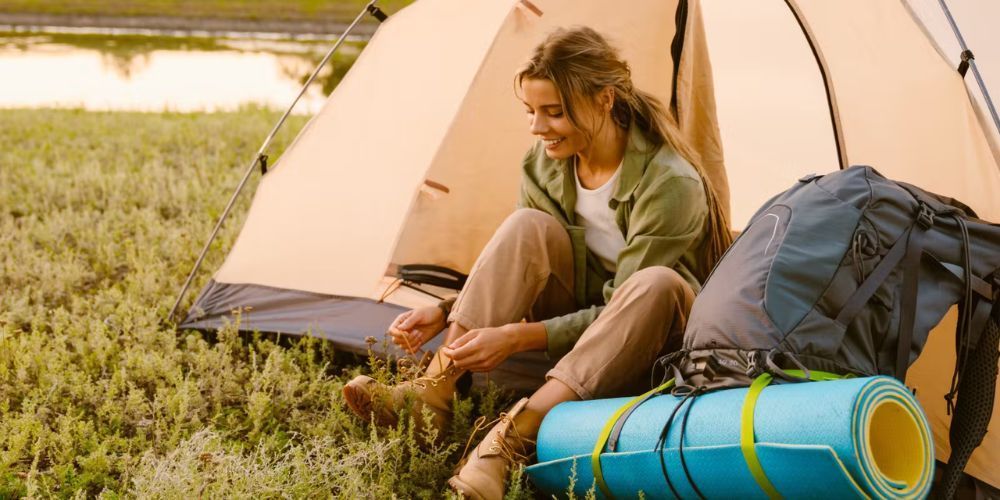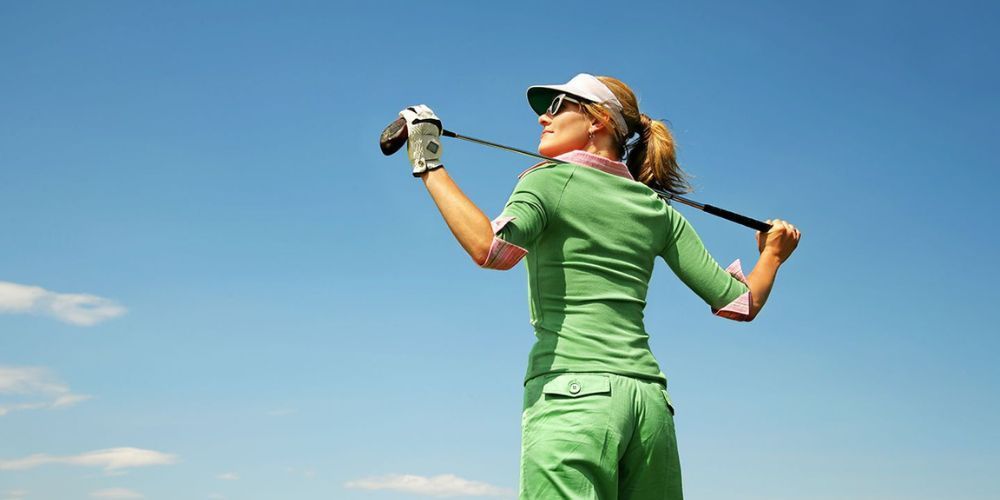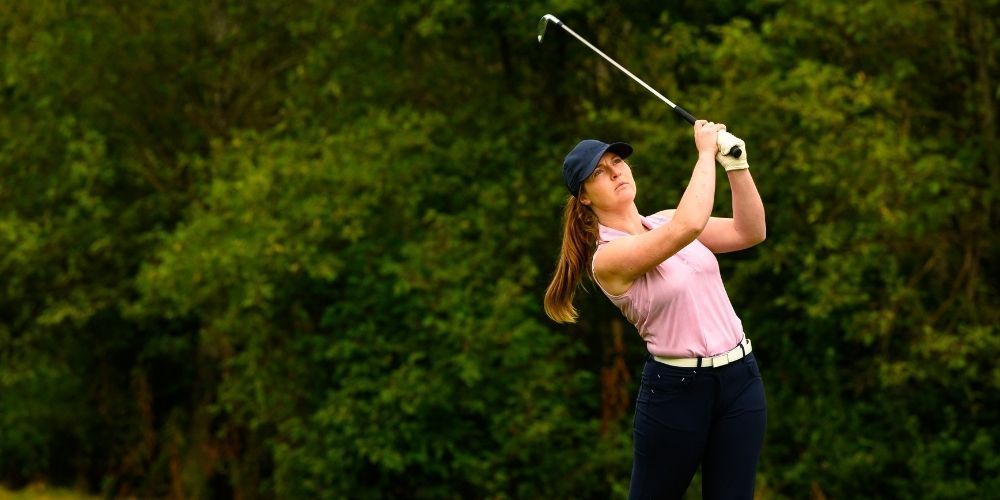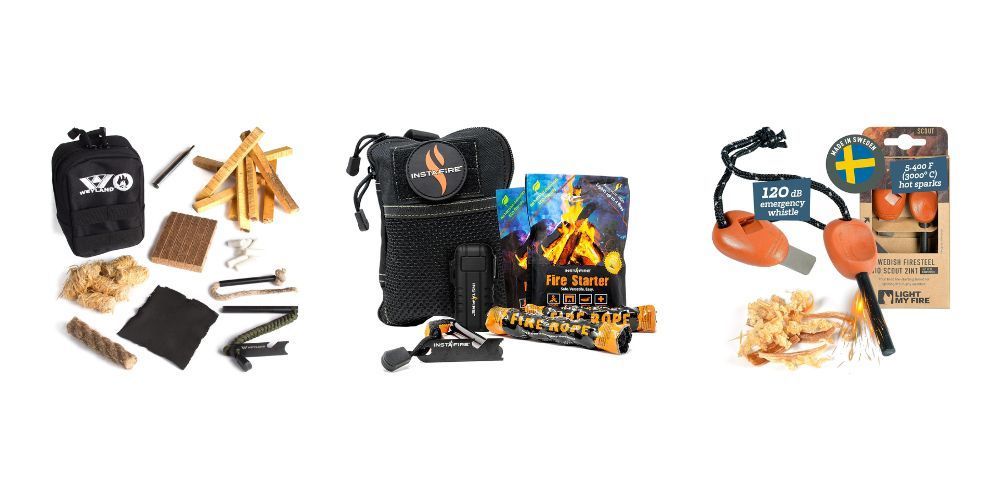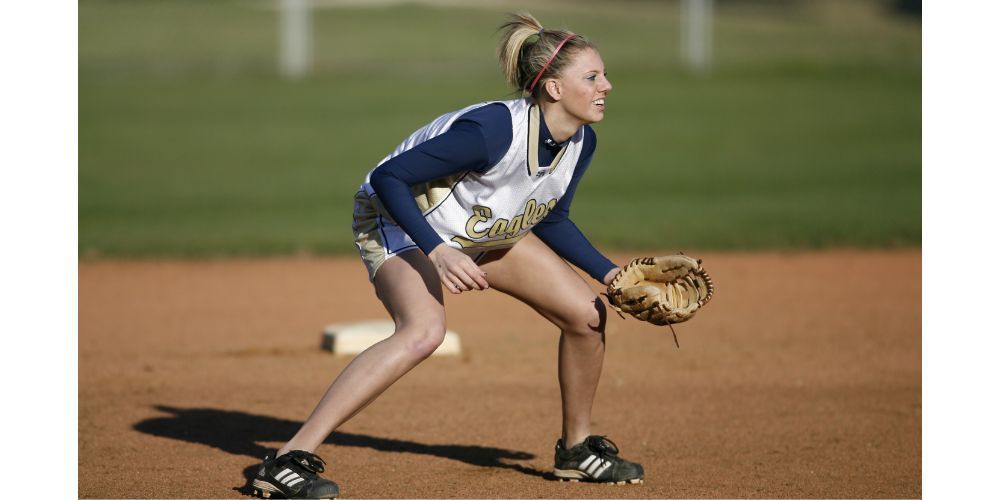Youth Softball Equipment: Starting Off Right with the Best Gear
August 8, 2024
Finding the perfect youth softball gear is more than just shopping; it's about laying the foundation for your child's safe and successful journey in sports. Imagine stepping onto that first field with confidence, knowing your daughter has reliable, high-quality equipment tailored just for her. From bats that balance perfectly in small hands to gloves that fit snugly, each piece matters not only for performance but also for boosting her confidence.
Navigating through countless options can be overwhelming. That's why we’ve invested significant effort to compile this guide, offering detailed insights on essential gear to match every age group and skill level. Let's start by identifying what you need to ensure your daughter steps up to the plate fully prepared.
Essential equipment for youth softball players includes a glove, fielding mask, helmet with mask, bat suitable for their age and league regulations, cleats, softballs, and an equipment bag. It is important to ensure that the gear fits properly and meets safety standards to provide a positive and safe playing experience for young athletes.
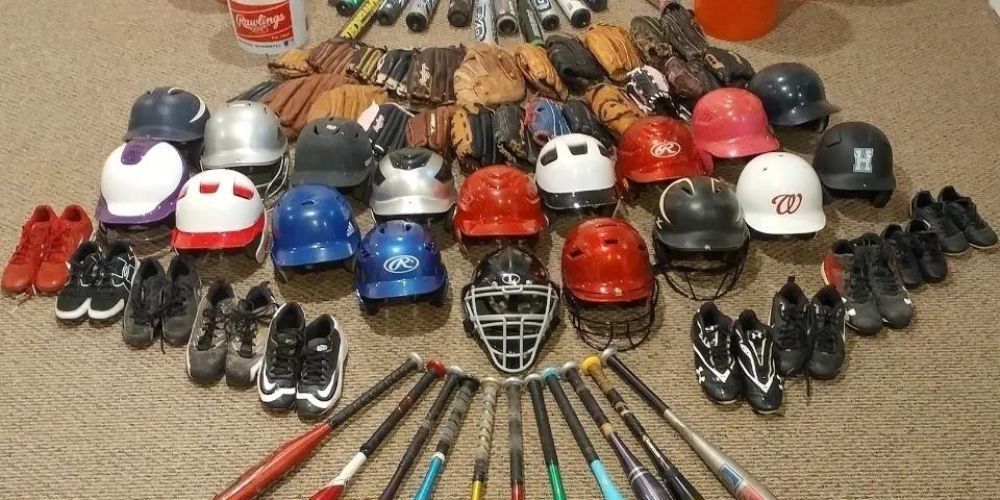
Finding the Right Youth Softball Equipment
Selecting appropriately sized equipment for your child is crucial when it comes to youth softball. Ensuring that the gear matches your child's particular age group is essential to their safety and performance on the field.
For example, younger players aged 10 and under are best suited for 11" softballs, which are lighter and easier for them to handle. Conversely, older players require 12" softballs, providing a greater challenge as they progress in their skills.
Durability and Safety
Durability and safety are non-negotiable factors. Look for equipment made from high-quality materials that can withstand regular use, including tear-resistant gloves, sturdy bats, and helmets with reinforced protection. It's also important to prioritize safety-certified equipment to protect young players from potential injuries.
Balancing Cost and Quality
Considerations around budget are significant. While high-end gear often offers superior performance and durability, budget-friendly options also exist that provide reliability without compromising on safety. For instance, you might find gloves made from synthetic materials that offer decent quality at an affordable price point.
Websites like ours offer curated lists of quality equipment within various budget ranges, providing valuable guidance for making informed decisions based on financial considerations while ensuring the safety and performance of the gear.
By understanding the specific gear requirements for different age groups, prioritizing durability and safety, and managing budget considerations effectively, you can ensure that your child has the right equipment to start off right in youth softball.
Now let's dive into the process of selecting the perfect bat to complement your child's gameplay and ensure they have the right tool in their arsenal to develop their skills further.
Selecting the Perfect Bat
A good bat can make all the difference for a young softball player. Imagine trying to hit a speeding ball with a stick that's too heavy or too light—it just wouldn't work! That's why understanding the key aspects of a bat is essential for finding the perfect fit. Let's dive into some important considerations when choosing a youth softball bat.
Understanding Bat Types
First things first, there are different types of bats for different styles of play. In youth softball, you'll mainly come across two types of bats: fast pitch and slow pitch. Each type is designed to suit particular playing styles.
- Fast Pitch Bats: These bats are specially crafted to handle fast pitches with maneuverability and control. They tend to be lighter, allowing players to swing more quickly.
- Slow Pitch Bats: On the other hand, slow pitch bats are heavier with bigger barrels. They provide more mass behind the ball, making it easier to hit slower pitches.
It's crucial to choose a bat that aligns with the style of play your young athlete engages in, as this can significantly impact their performance and skill development.
Size and Weight Considerations
Beyond just the type of bat, its size and weight play a critical role in determining how well a player can perform on the field. Here are some key points to consider:
- Bat Length: Generally, youth softball bats range from 26 to 32 inches in length. It's important to find a length that is proportional to the player’s height and strength. Too long and it will be unwieldy; too short and they might struggle to reach certain pitches.
- Bat Weight: When it comes to weight, it needs to match the player's strength as well as their swing speed. A bat that’s too heavy can slow down swings, while one that’s too light might lack power.
Material Matters
The material of the bat is another important consideration. The most common options for youth softball bats are aluminum and composite.
- Aluminum Bats: These are popular for their lightweight nature and durability. They tend to be more budget-friendly compared to composite bats.
- Composite Bats: While pricier, composite bats often offer better performance due to their construction. They're made from a mix of materials like carbon fiber and graphite, resulting in a lightweight yet powerful bat.
When choosing a bat, it's important to look for ones approved by governing bodies like ASA or USSSA, ensuring they meet league standards and regulations.
It's clear that selecting the right bat goes beyond just picking one off the shelf. By understanding the different types, sizing considerations, and materials available, young players can gain an edge when it comes to their performance on the field.
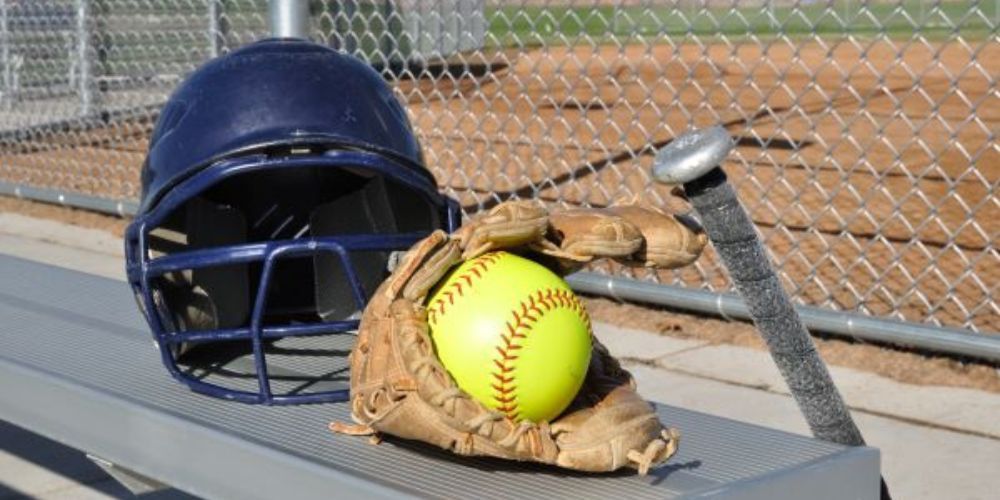
Choosing Ideal Gloves
Selecting the right softball glove is crucial for a young player's performance and comfort on the field, much like picking the perfect bat. Here are some key factors to consider when choosing these essential mitts.
Glove Size
The size of the glove matters. Youth gloves typically range from 9 to 12 inches, with smaller sizes benefiting younger players and larger ones suiting older youth. Smaller gloves offer better control, allowing young players to handle the glove more easily, while larger gloves provide a bigger catch radius.
It's like picking a pair of shoes—just as children outgrow their shoes, they will outgrow their gloves. When in doubt, it's usually better to go slightly bigger than too small.
Material Choice
When it comes to materials, you have two main options: leather and synthetic. Leather gloves are known for their durability and offer better comfort once broken in, but they may require some patience during the break-in period. On the other hand, synthetic materials are more affordable and require less maintenance overall.
It's kind of like choosing between different types of clothing fabric. Leather is like getting a really nice, durable jacket that takes some time to break in but feels great once it does, while synthetic materials are more like an easy-to-wear hoodie that's low-maintenance and budget-friendly.
Position Specific Gloves
The type of position your child plays most often will also determine what kind of glove is suitable for them. Infield gloves are typically smaller with shallow pockets, designed for quick transfers and ball handling, while outfield gloves tend to be larger with deeper pockets, allowing for easier catches of balls hit high into the air.
Each position requires specific features in a glove to maximize performance and efficiency on the field.
Choosing a glove isn't just about picking one that looks cool—it's about finding the best tool for the job based on your child's age, position on the field, personal preferences, and budget. By considering all these factors together, you can ensure that your young player has reliable hand protection that suits their needs and helps them perform at their best on game day.
Now equipped with insights on choosing ideal gloves, let's pivot our focus towards exploring the best options for ensuring maximum head protection—the helmet.
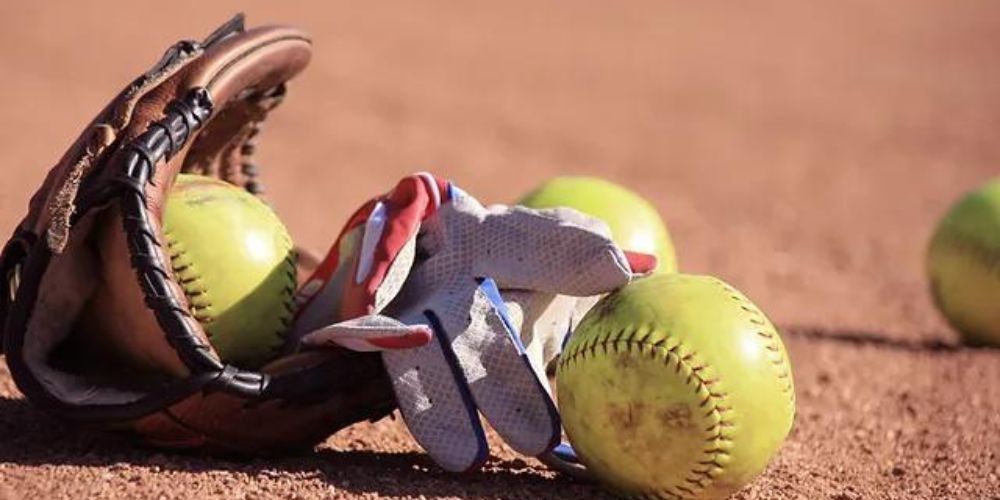
Best Helmet Options
In youth softball, safety is paramount. One of the most critical pieces of safety equipment is the helmet. Not only does it protect the player's head from potential injury, but it also provides confidence and reassurance to both the player and their parents. So, what should you look for in a good youth softball helmet?
Safety Standards: A Priority
It's crucial to ensure that any helmet you consider complies with safety standards. The NOCSAE (National Operating Committee on Standards for Athletic Equipment) has specific safety standards for helmets designed to protect young players. Look for models with a built-in face mask to provide comprehensive protection for the face and head. These standards are in place to ensure that your child is as safe as possible while playing.
A helmet meeting these rigorous safety standards will significantly reduce the risk of head injuries, providing peace of mind for both players and their families. Investing in a helmet certified by NOCSAE is an important step in ensuring the safety of young players on the field.
Comfort and Fit: Ensuring Protection Without Discomfort
The fit of the helmet is just as important as its safety features. It should fit snugly without being too tight, ensuring that it stays in place during gameplay without causing discomfort or distraction. Adjustable padding and chin straps can greatly enhance overall comfort and provide a personalized fit for each player.
Moreover, a properly fitting helmet can help prevent distractions during play, allowing young athletes to focus on their game without disruptions or discomfort. This emphasizes the importance of finding a helmet that prioritizes both safety and comfort.
Reputable Brands: Ensuring Quality and Assurance
When selecting a helmet for youth softball, it's advisable to consider reputable brands like Easton, Rawlings, and Mizuno. These brands are known for offering superior safety features and comfort, providing assurance of quality and durability.
By choosing a helmet from a respected brand known for their commitment to safety and innovation, you can have confidence in the protective capabilities and overall performance of the equipment. Always take the time to read reviews and check fitting guides, ensuring that you find the best helmet that meets both safety standards and provides optimal comfort.
Understanding the essential components of an ideal softball helmet—safety standards compliance, proper fit, and reputable brands—ensures that young players are equipped with reliable protective gear that safeguards them during play while maximizing comfort and confidence.
Cleats for Performance
When it comes to playing on the softball field, the right footwear can make all the difference in a player's speed, agility, and overall performance. Cleats are designed to provide traction, stability, and support while running on various field conditions, making them crucial gear for youth softball players.
The Benefits of Molded Cleats
Molded cleats are highly recommended for youth players due to their exceptional traction and safety features. These cleats have rubber or hard plastic studs permanently attached to the sole, providing excellent grip on both grass and dirt fields. Unlike metal cleats, molded cleats are safer in terms of injury prevention, making them an ideal choice for young athletes who are still developing their skills on the field.
These types of cleats offer reliable traction without the risk of accidental injuries that could occur with metal spikes. Whether playing on wet or dry fields, molded cleats provide stability and support while reducing the chances of slipping or losing footing.
Understanding Different Materials
When it comes to materials, synthetic and leather are the primary options for youth softball cleats. Synthetic cleats are popular for their lightweight design, making them comfortable for young players to wear during long games or practices. Additionally, synthetic materials are often water-resistant, ensuring that feet stay dry even in damp or rainy conditions.
On the other hand, leather cleats are known for their exceptional comfort and durability. While they may not boast the same level of waterproofing as synthetic options, they provide a snug fit and mold to the shape of the foot over time. For youth players seeking long-lasting cleats that prioritize comfort, leather options may be worth considering despite their reduced water resistance.
Brands and Price Considerations
Selecting reputable brands like Under Armour and New Balance ensures that youth players receive cleats engineered specifically for their needs. These brands offer a balance between performance, durability, and affordability - essential factors to consider when investing in youth softball gear.
By prioritizing quality alongside value for money, these well-known brands cater to the unique demands of young athletes while providing peace of mind for parents and coaches alike. When it comes to cleat selection, it is important to consider how different price points correlate with the specific needs and preferences of youth players.
As we've covered the essentials of choosing the best cleats for youth softball, next up is an exploration of an equally critical component—additional protective gear.
Additional Protective Gear
When it comes to youth softball, safety should always be a top priority. As players are still developing their skills and coordination, it's crucial to provide them with the best protective gear to prevent injuries. Let's take a closer look at some essential protective equipment specifically designed to keep young athletes safe on the field.
Fielding Masks
A fielding mask is an important piece of protective gear that covers the face to prevent injuries from fast-traveling balls. This is especially crucial for pitchers and infield players who are in close proximity to the batter's hit. A well-fitted fielding mask can significantly reduce the risk of facial injuries, making it a non-negotiable addition to a player’s gear.
Catcher’s Gear
Catcher's gear is a comprehensive set of protection that includes a helmet with a face mask, chest protector, and leg guards. For youth players, it's essential to ensure that the gear is properly sized to provide maximum protection without compromising mobility. Properly fitted catcher’s gear is vital for safeguarding young catchers from potential impact injuries during games or practice.
Padding and Guards
In addition to the fundamental protective equipment, extra padding such as elbow and shin guards can provide added protection for young players. These guards are especially valuable for players who are learning and may not yet have developed advanced techniques for avoiding injury. EvoShield offers a range of well-reviewed high-quality protective gear designed to offer reliable protection without hindering performance on the field.
Protective gear plays a vital role in ensuring that young softball players can enjoy the game safely while minimizing the risk of potentially serious injuries. By equipping young athletes with the appropriate protective equipment, parents and coaches can foster a secure environment where players can focus on developing their skills and passion for the game.
As we've explored the essential protective gear for youth softball, it's time to move on to creating a comprehensive checklist that ensures young players are fully equipped for success on the field.
Comprehensive Gear Checklist
Being prepared is the key to success in any sport, and softball is no exception. As you prepare for the season, it's essential to ensure your young athlete has all the necessary gear to play the game comfortably and safely. Let's break down the items they'll need, from the essentials to optional but useful items.
Essential Items
The foundation of any softball player's gear collection starts with the essentials. These are the must-have items that every player should have ready in their equipment bag:
| Essential Gear | Description |
|---|---|
| Glove | A well-fitted glove is essential for catching and fielding effectively. |
| Bat | Choosing the right bat is crucial for generating power at the plate. |
| Helmet | Player safety is paramount, making a helmet with face protection non-negotiable. |
| Cleats | Proper footwear provides traction on the field and prevents slipping. |
| Fielding Mask | Protecting young players' faces during fielding is crucial for injury prevention. |
| Uniform | Wearing a full uniform promotes team unity and pride on and off the field. |
These items lay the foundation for young players as they start their softball journey, creating a solid base for skill development and game performance.
Optional but Useful
In addition to the essential gear, some optional items can enhance a player's experience and performance on the field:
- Batting Gloves: These gloves provide added grip and protection while batting.
- Equipment Bags: A dedicated equipment bag helps players keep their gear organized and easily accessible.
- Training Aids (tees and portable nets): These aids help players refine their hitting skills outside of game situations.
While these items may not be strictly required, they can add value by promoting comfort, convenience, and skill development for young athletes.
Regular Updates
Staying informed about new equipment options and advancements in gear technology is important. Checking reputable sources and websites for seasonal updates and reviews of new equipment ensures that your checklist stays current and comprehensive. As young athletes grow and develop their skills, equipment needs may change, and being aware of these updates will help keep them equipped for success.
Being aware of new advancements in materials or safety features can further enhance a player’s experience on the field. By staying informed about available options, you can ensure that your young athlete has access to equipment that is both safe and supportive of their development within the sport.
Ensuring that a young softball player is well-equipped with all the necessary gear sets them up for a successful and enjoyable playing experience. Their gear checklist should be viewed as an investment in their development as athletes. And remember, it's not just about having the right gear; it's about fostering a love for the sport and helping them feel confident every time they step onto that diamond.
Equipping your young softball player with proper gear sets them up for success on the field and fosters their passion for the sport. It’s not just about getting them ready to play; it’s about setting them on a path to flourish as an athlete.
What essential equipment does my child need to start playing softball?
To start playing softball, your child will need a few essential pieces of equipment to ensure they are prepared and safe on the field. Here’s a list of the key items:
Softball Glove: A properly sized glove is crucial. Youth gloves typically range from 9 to 11 inches. It’s important to choose a glove that fits snugly but comfortably, allowing your child to open and close it easily.
Softball Bat: Selecting the right bat is vital for developing proper hitting techniques. Youth bats are typically lighter and shorter, making them easier for kids to swing. Look for a bat with the correct length-to-weight ratio, often referred to as the drop, to suit your child’s strength and size.
Batting Helmet: Safety is a priority, so a well-fitting helmet with a face guard is essential to protect your child while batting. Ensure the helmet meets safety standards and fits snugly without wobbling.
Softball Cleats: Proper footwear helps your child maintain grip and agility on the field. Cleats should fit comfortably, providing support and traction for quick movements.
Uniform and Gear Bag: Many teams provide uniforms, but your child will need a gear bag to carry all their equipment to practices and games.
Protective Gear: Depending on the position they play, your child may need additional protective gear, such as a catcher’s mask and chest protector.
With the right equipment, your child will be ready to enjoy their softball journey, develop their skills, and have fun on the field.
How do I choose the right size softball glove for my child?
Choosing the right size softball glove for your child is essential to their comfort and performance on the field. Here are some tips to help you find the perfect fit:
1. Measure Your Child’s Hand: Use a tape measure to determine the distance from the tip of your child’s index finger to the base of their palm. This measurement will guide you in selecting the appropriate glove size.
2. Consider Age and Position: Youth gloves generally range from 9 to 11 inches. For younger players (ages 5-7), a smaller glove around 9 inches is suitable. Older players (ages 8-12) may require a larger glove, up to 11 inches, especially if they play infield or outfield positions.
3. Try It On: It’s crucial for your child to try on the glove. The glove should fit snugly but allow enough flexibility for your child to open and close it comfortably. Make sure there’s a little room for growth, but avoid a glove that’s too large or cumbersome.
4. Break It In: New gloves often require a breaking-in period. Encourage your child to practice catching and fielding with the glove to soften the leather and mold it to their hand shape.
By following these steps, you can ensure your child has a glove that enhances their skills and enjoyment of the game.
What factors should I consider when buying a youth softball bat?
When selecting a youth softball bat, it’s important to consider several factors to ensure the bat suits your child’s needs and enhances their performance. Here are key aspects to keep in mind:
1. Bat Length: The length of the bat should be appropriate for your child’s height and strength. A bat that’s too long can be difficult to control, while a bat that’s too short may not provide enough power. Measure your child’s height and use a bat sizing chart to find the right length.
2. Weight and Drop: The weight of the bat, measured in ounces, should be manageable for your child’s strength. The drop (the difference between the length and weight) helps determine the bat’s balance. A lighter bat (higher drop number) is easier to swing, while a heavier bat (lower drop number) may provide more power. Beginners often benefit from a lighter bat to improve swing speed and control.
3. Material: Youth softball bats are typically made from composite, aluminum, or a combination of materials. Composite bats offer a larger sweet spot and reduced vibration, while aluminum bats are durable and budget-friendly. Consider your budget and your child’s preferences when choosing a material.
4. League Regulations: Check the league’s regulations regarding bat specifications, including length, weight, and barrel diameter. Ensure the bat complies with these standards to avoid any issues during games.
5. Grip and Comfort: A bat with a comfortable grip can enhance your child’s confidence and control during swings. Look for bats with cushioned grips or consider adding an overgrip for extra comfort.
By considering these factors, you can find a youth softball bat that fits your child’s size, strength, and playing style, helping them succeed on the field.


